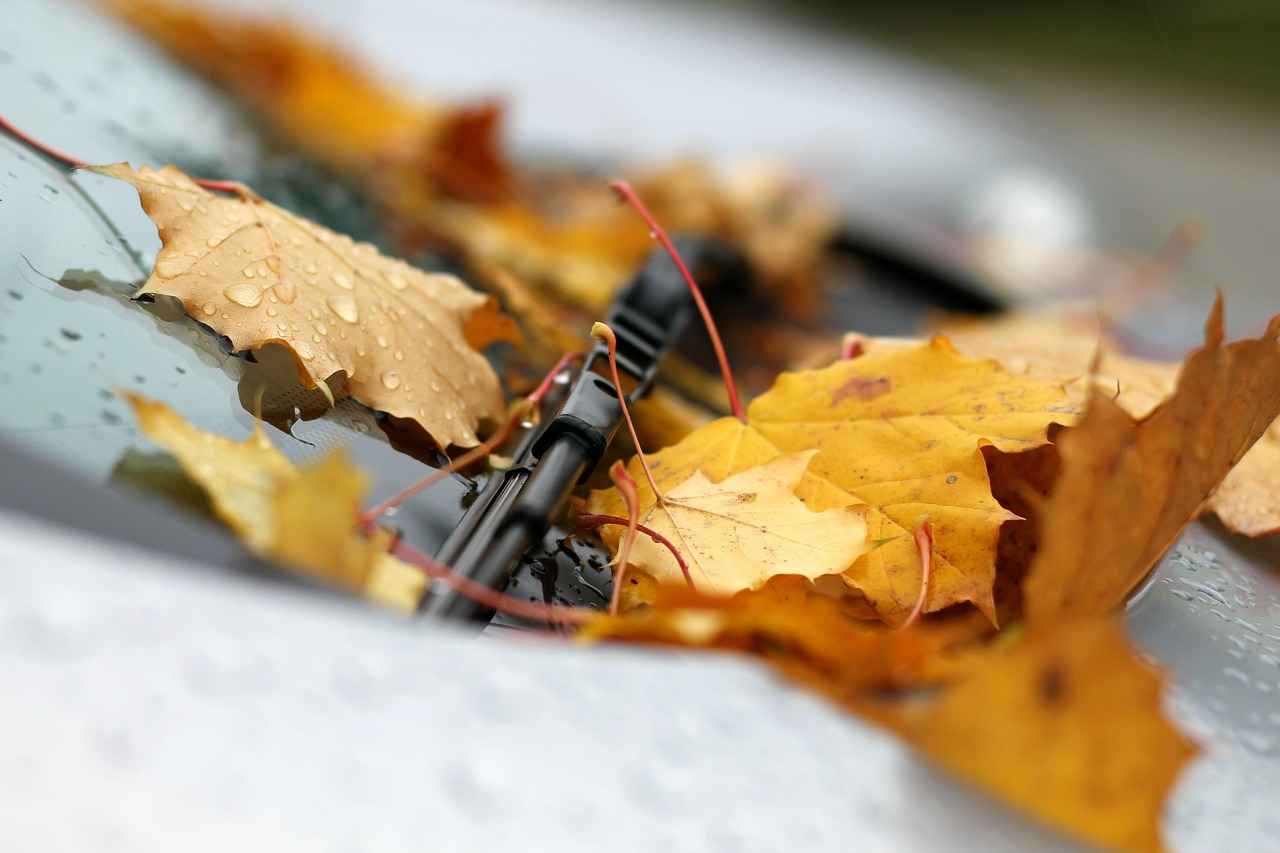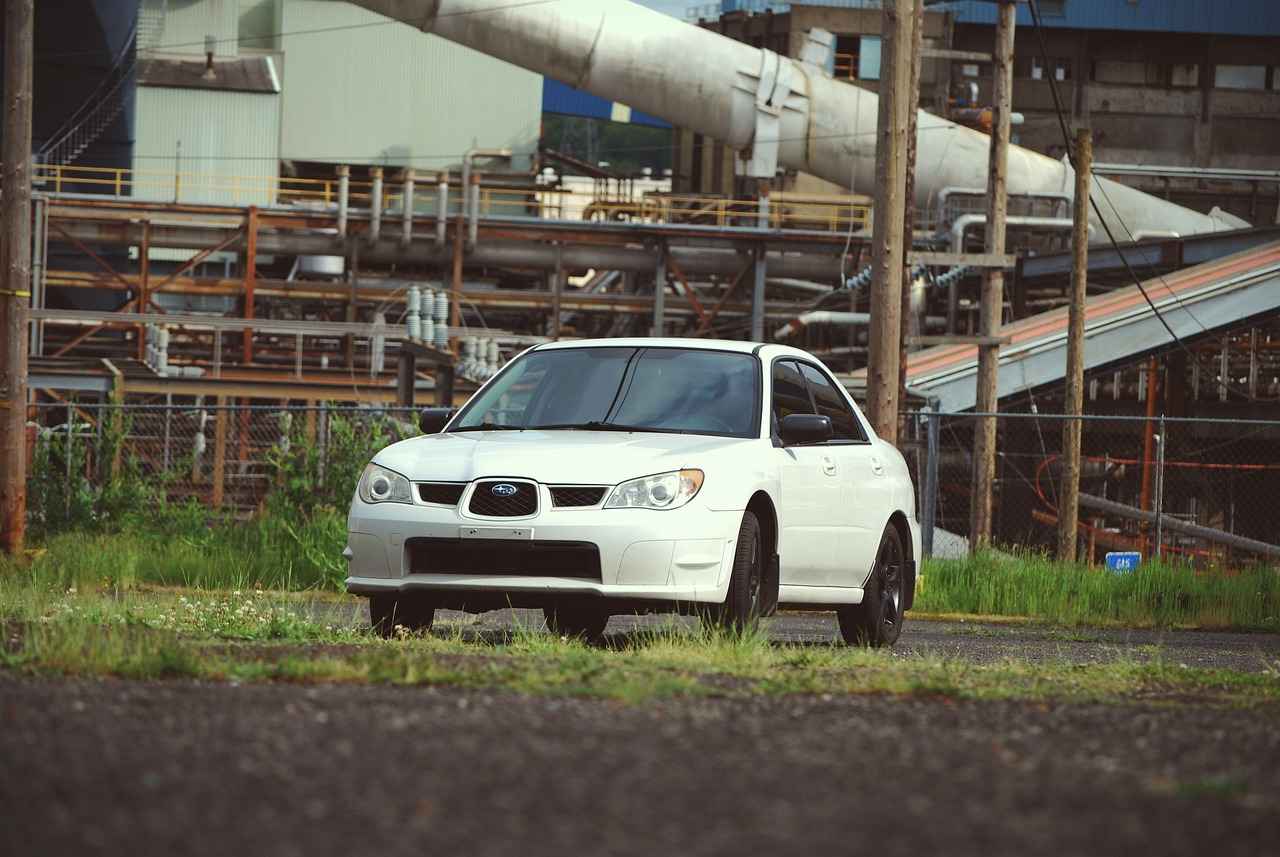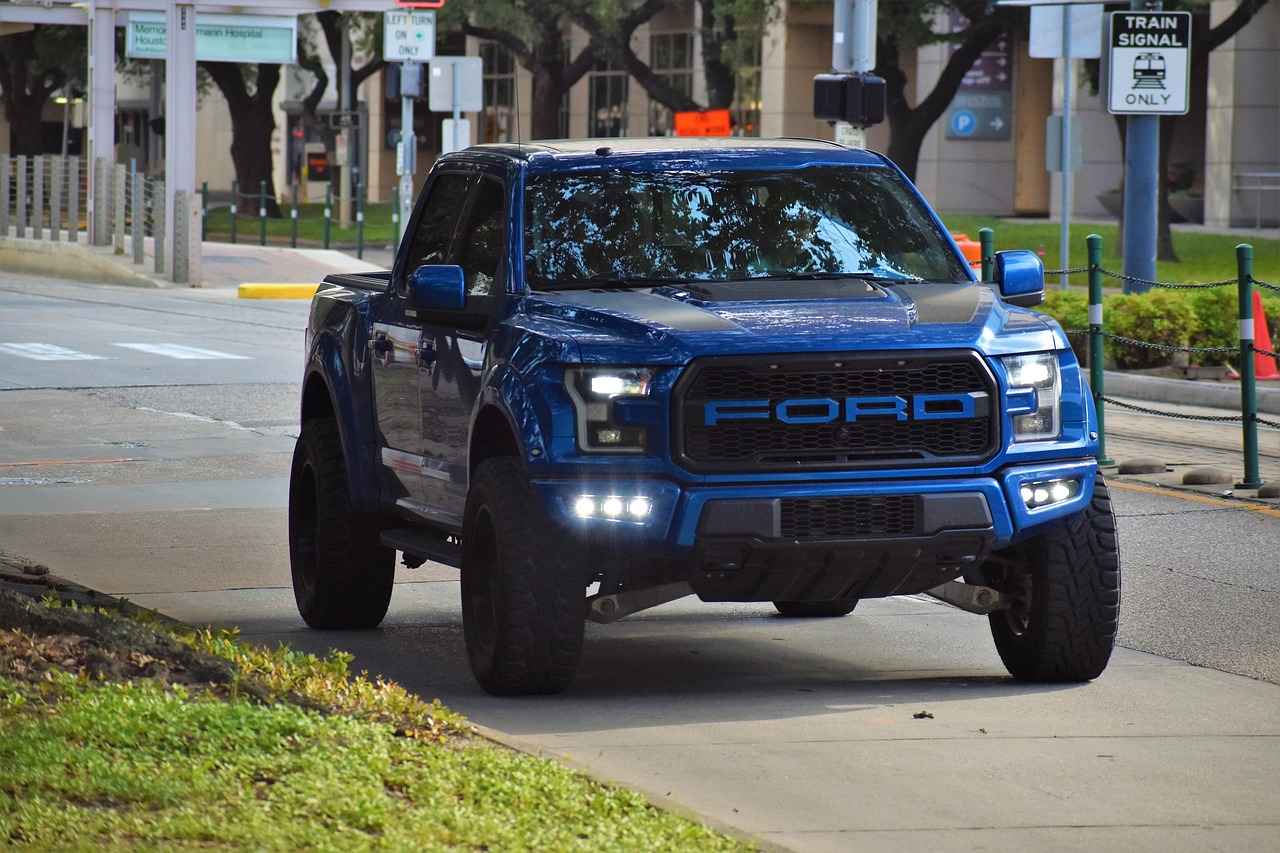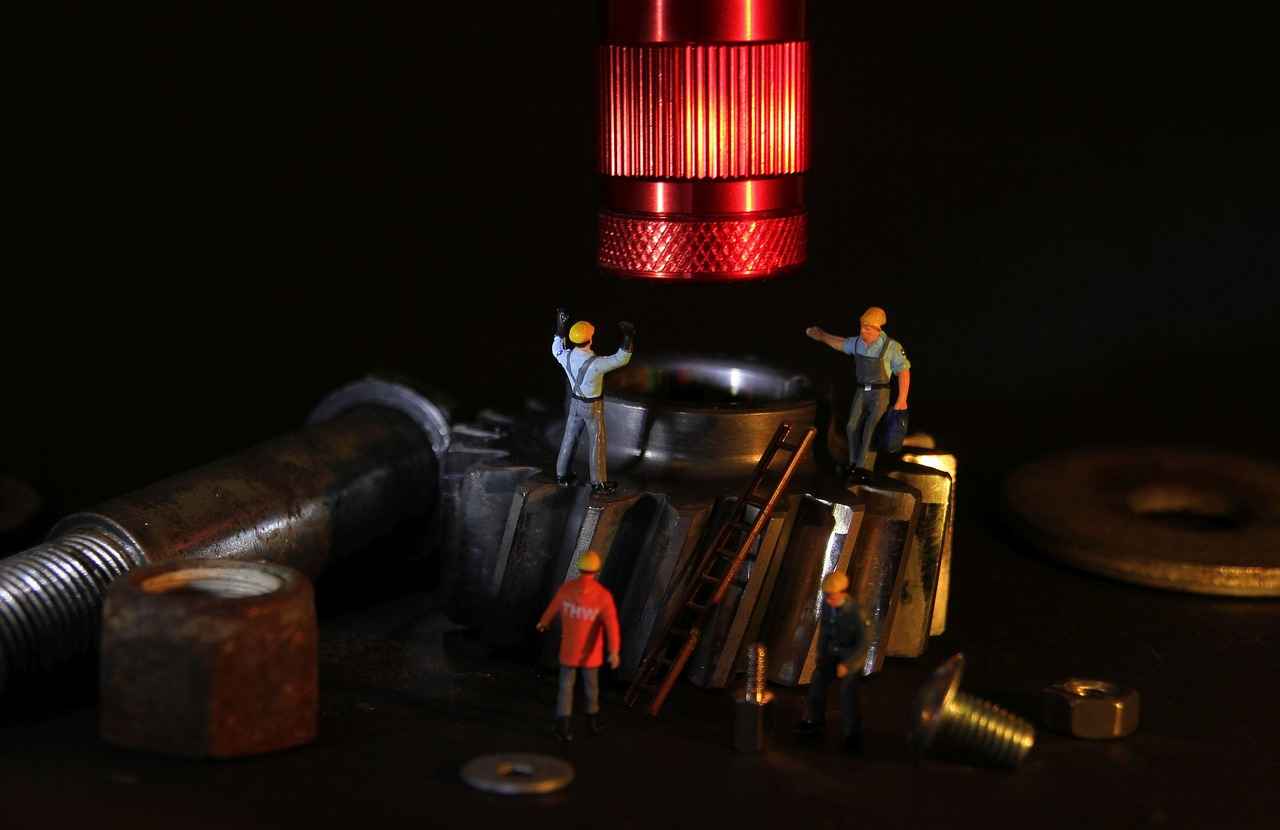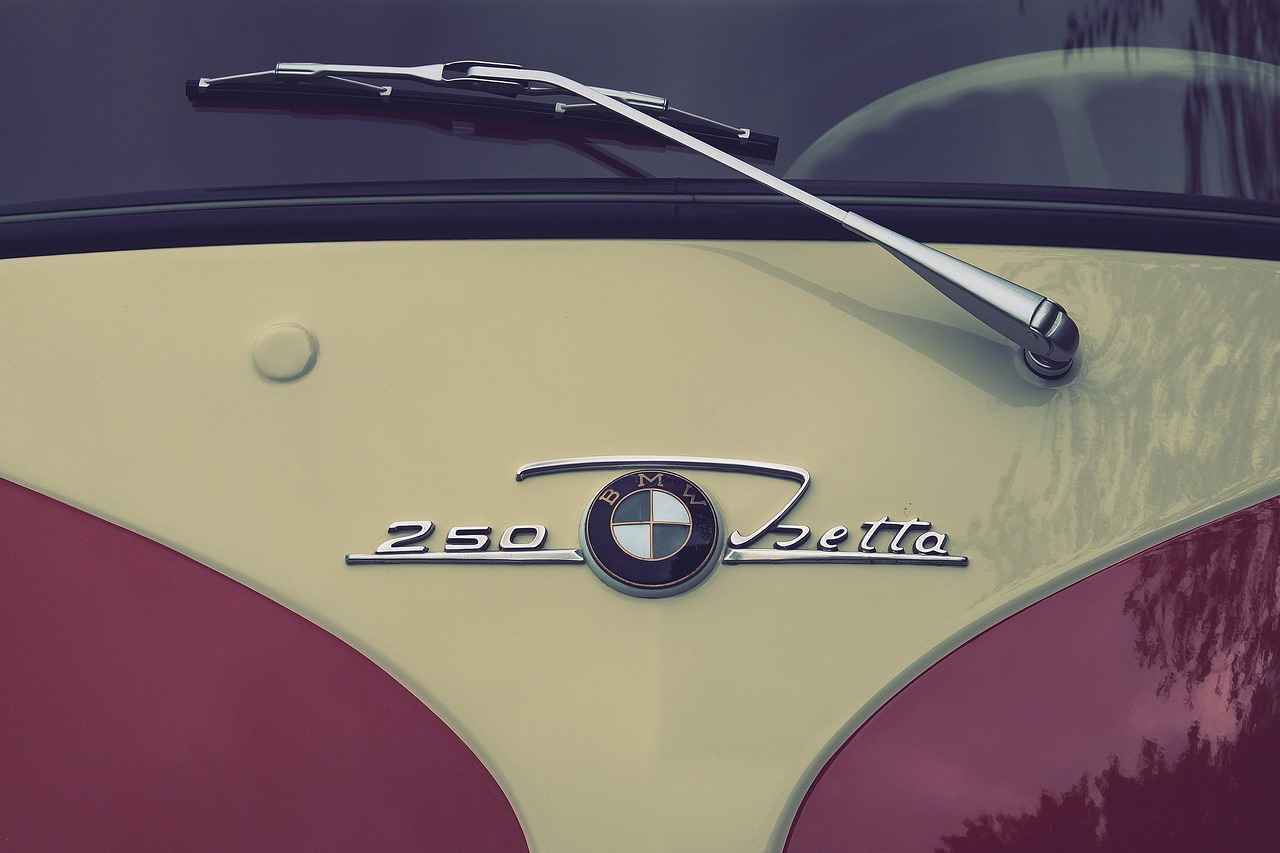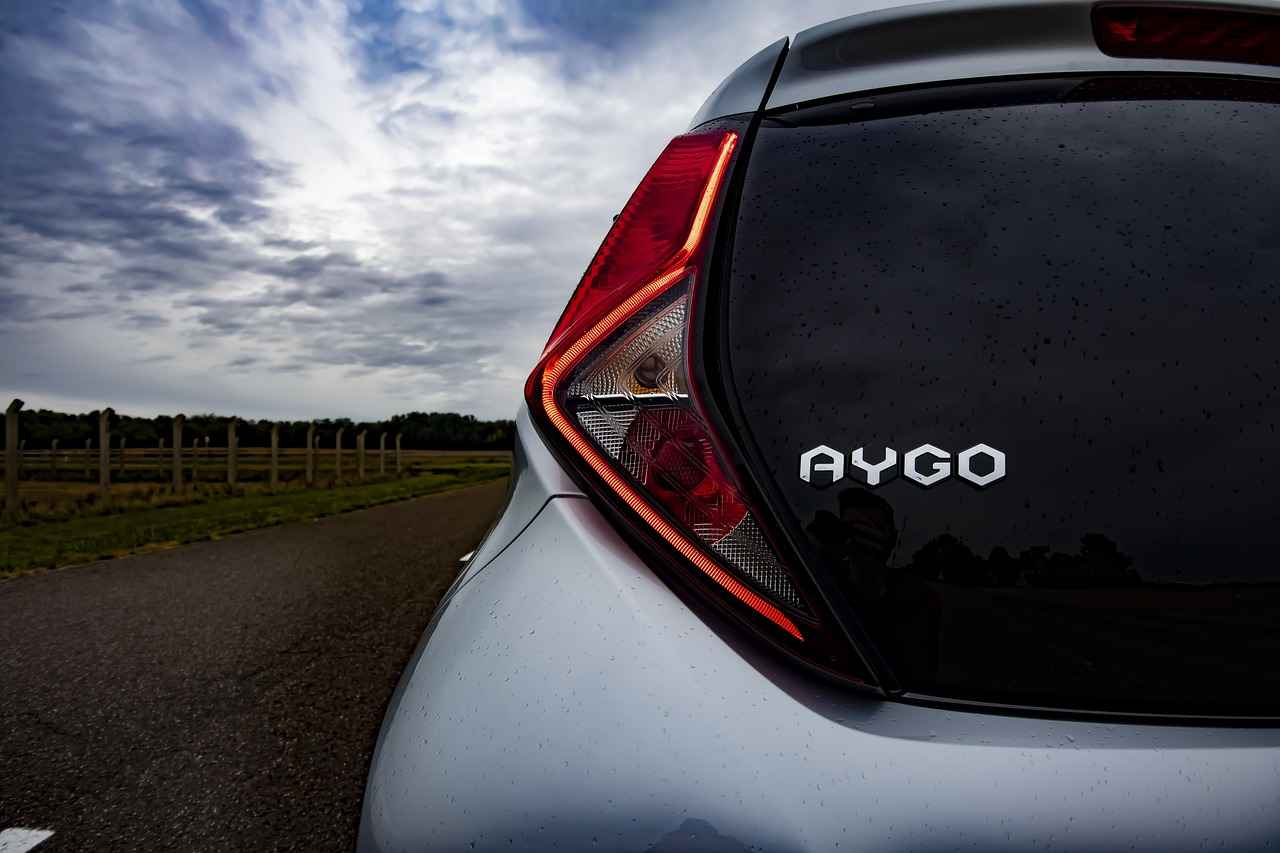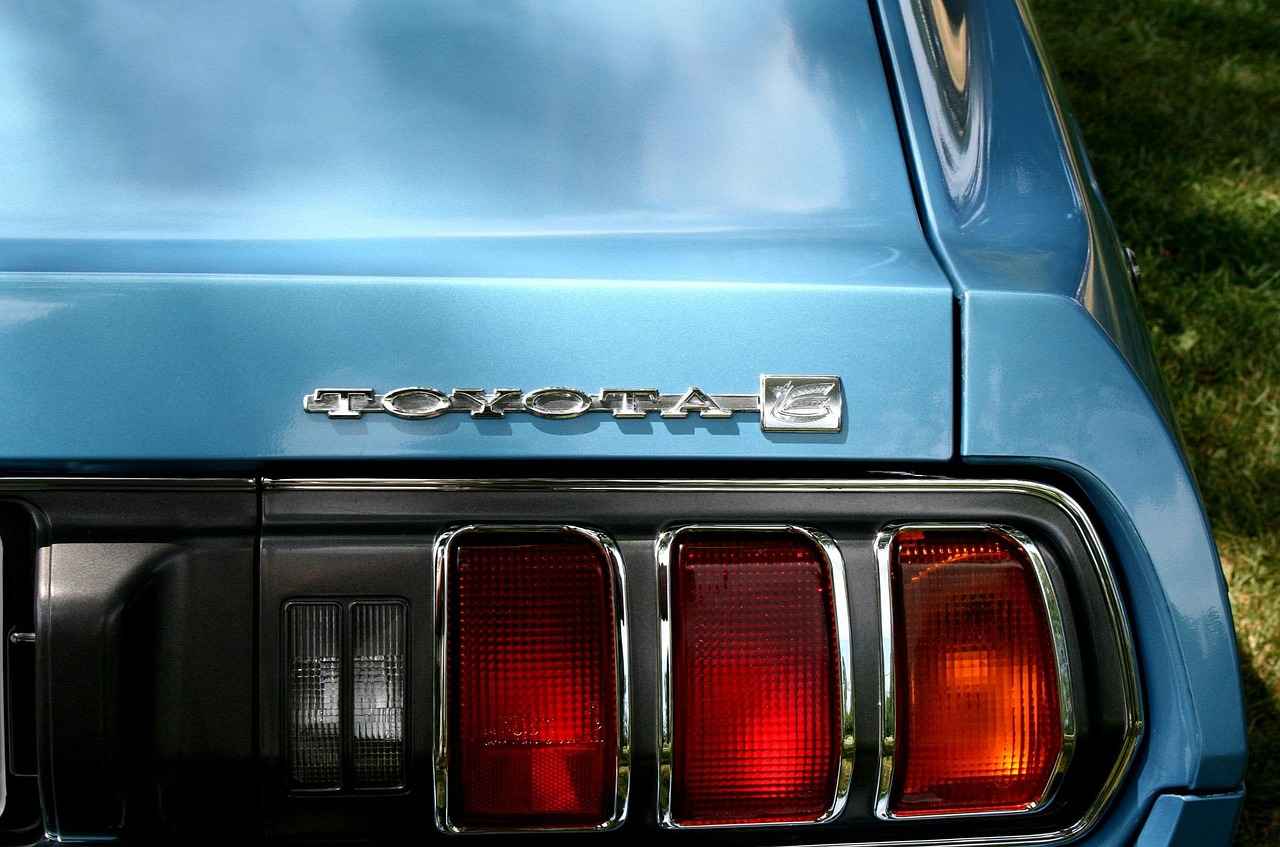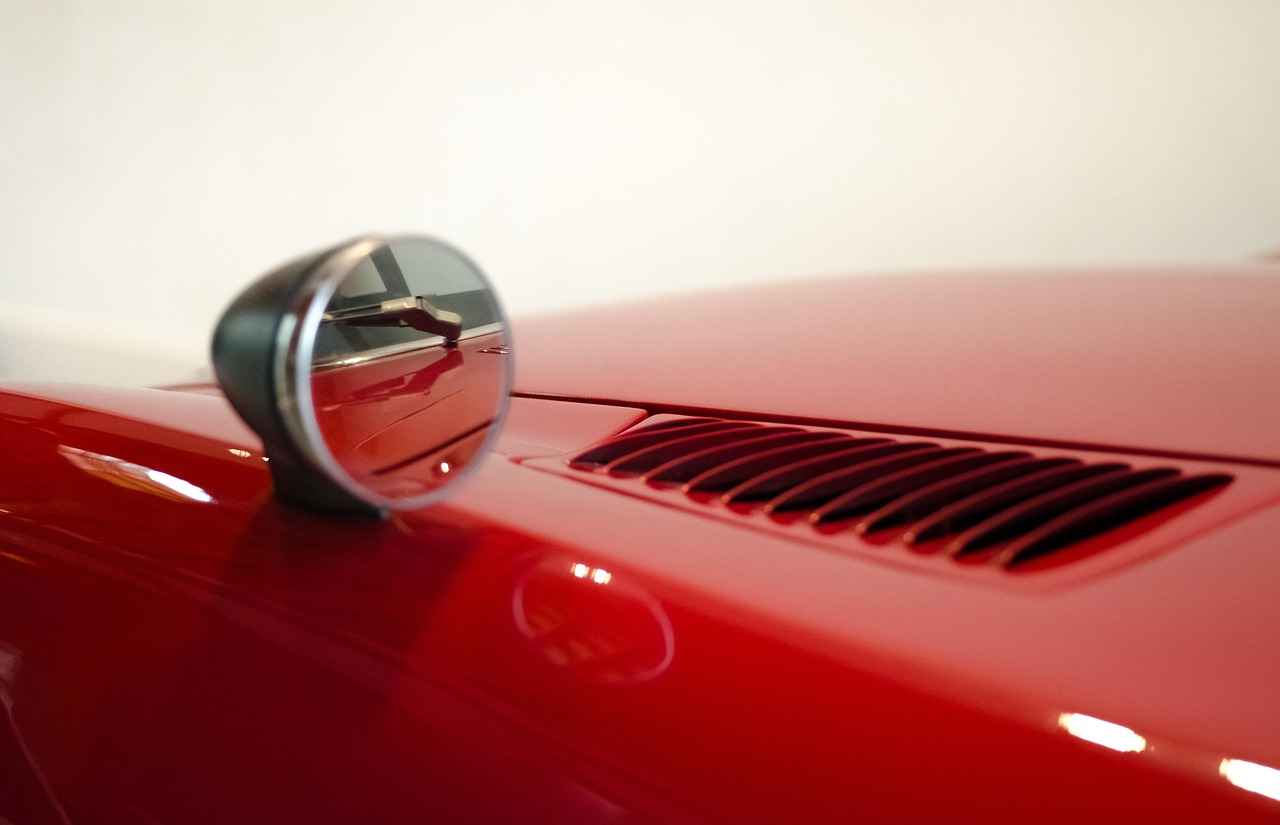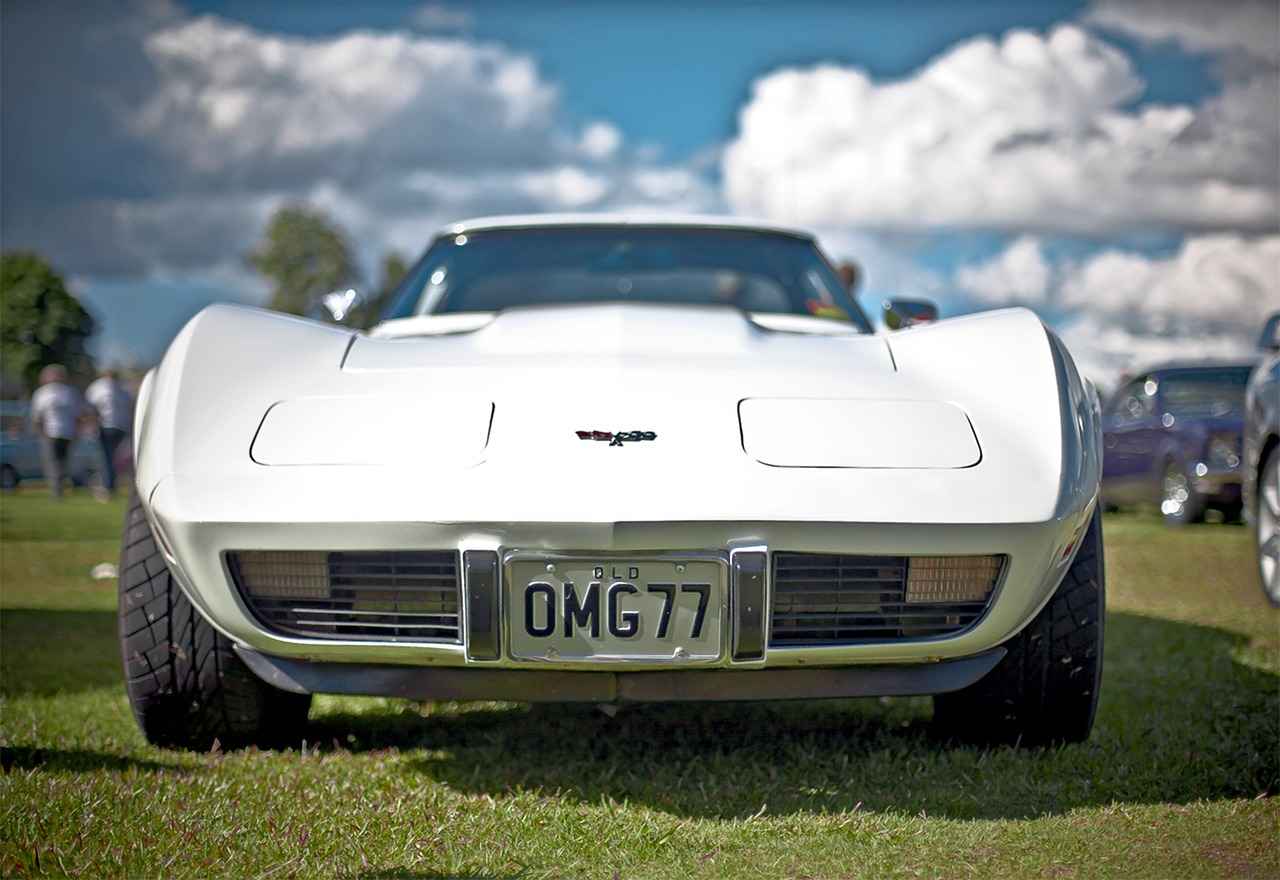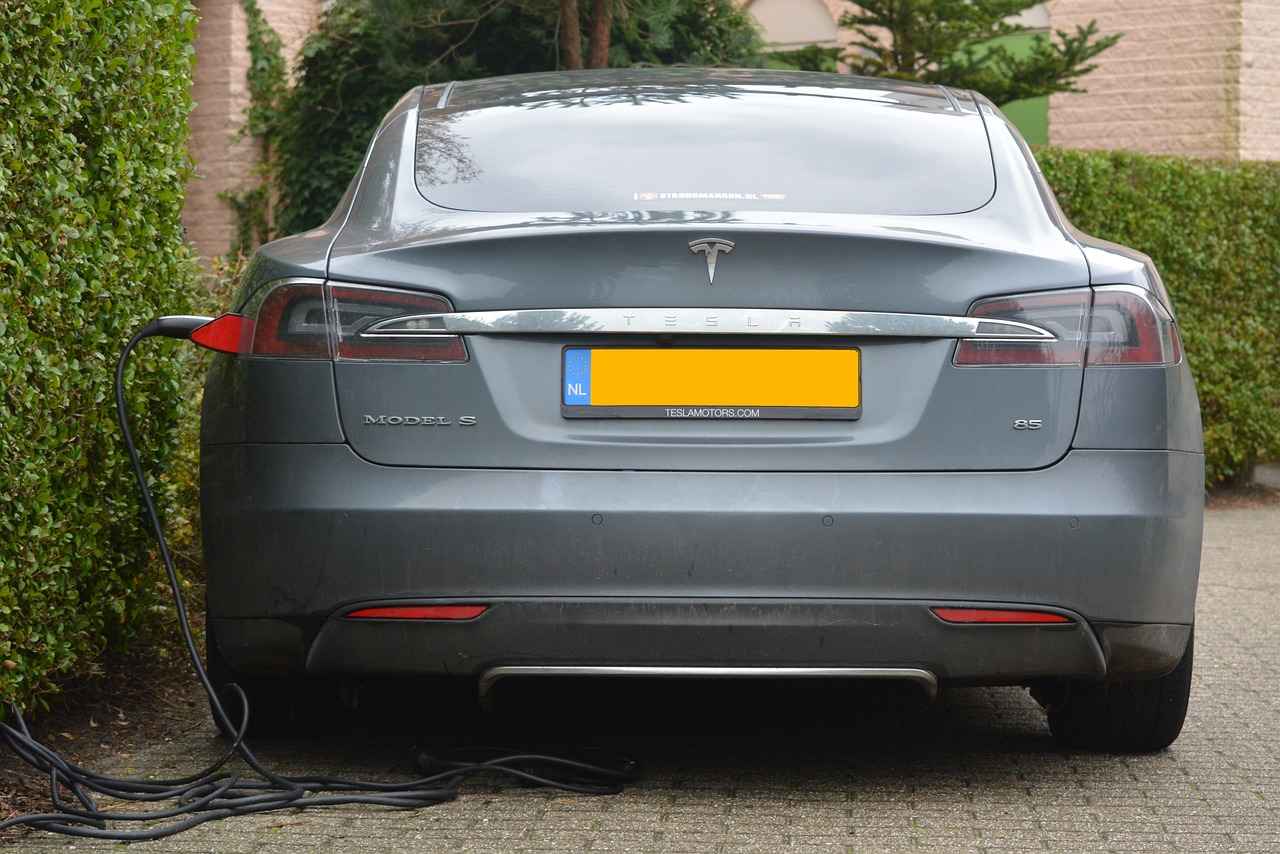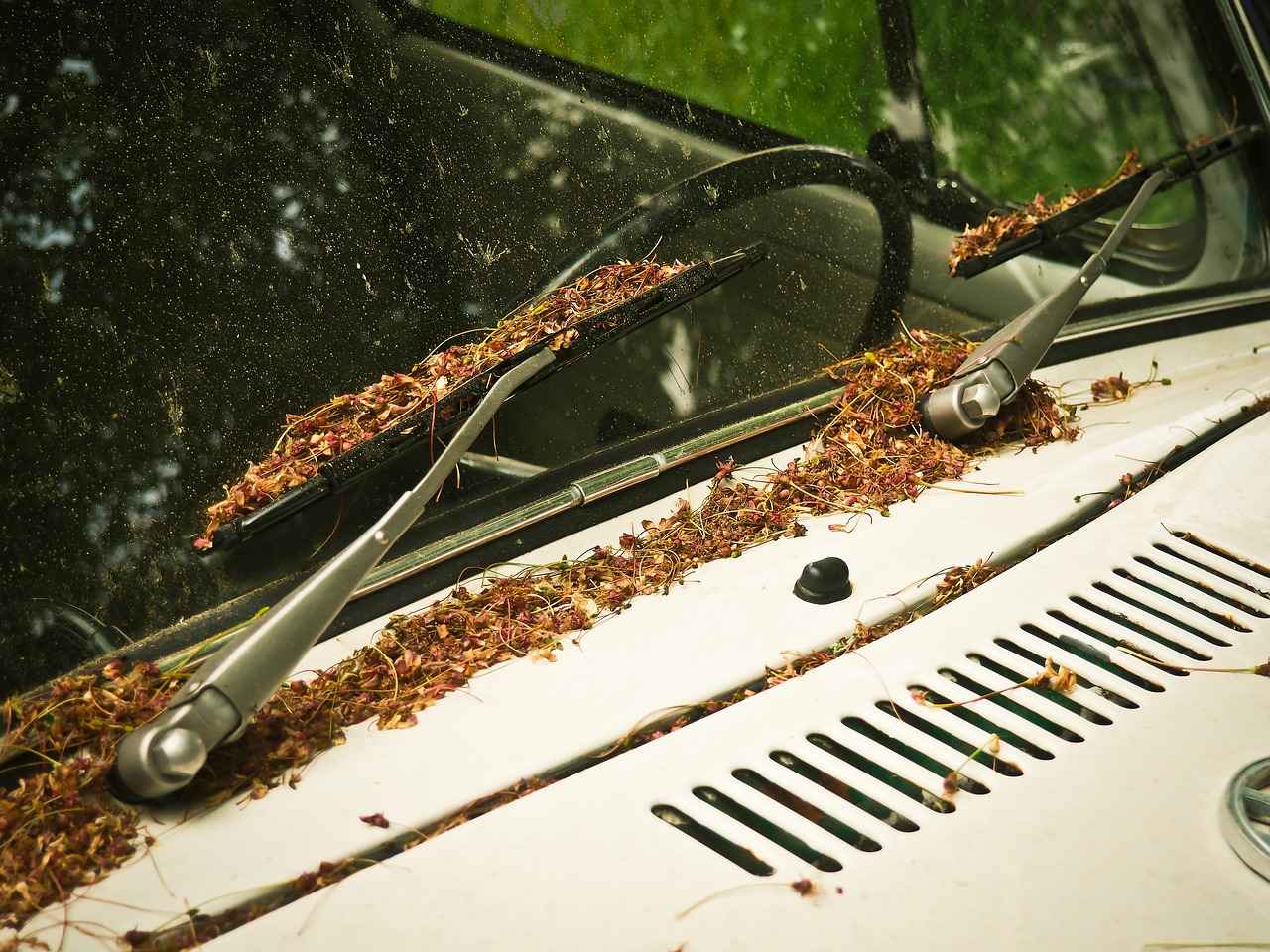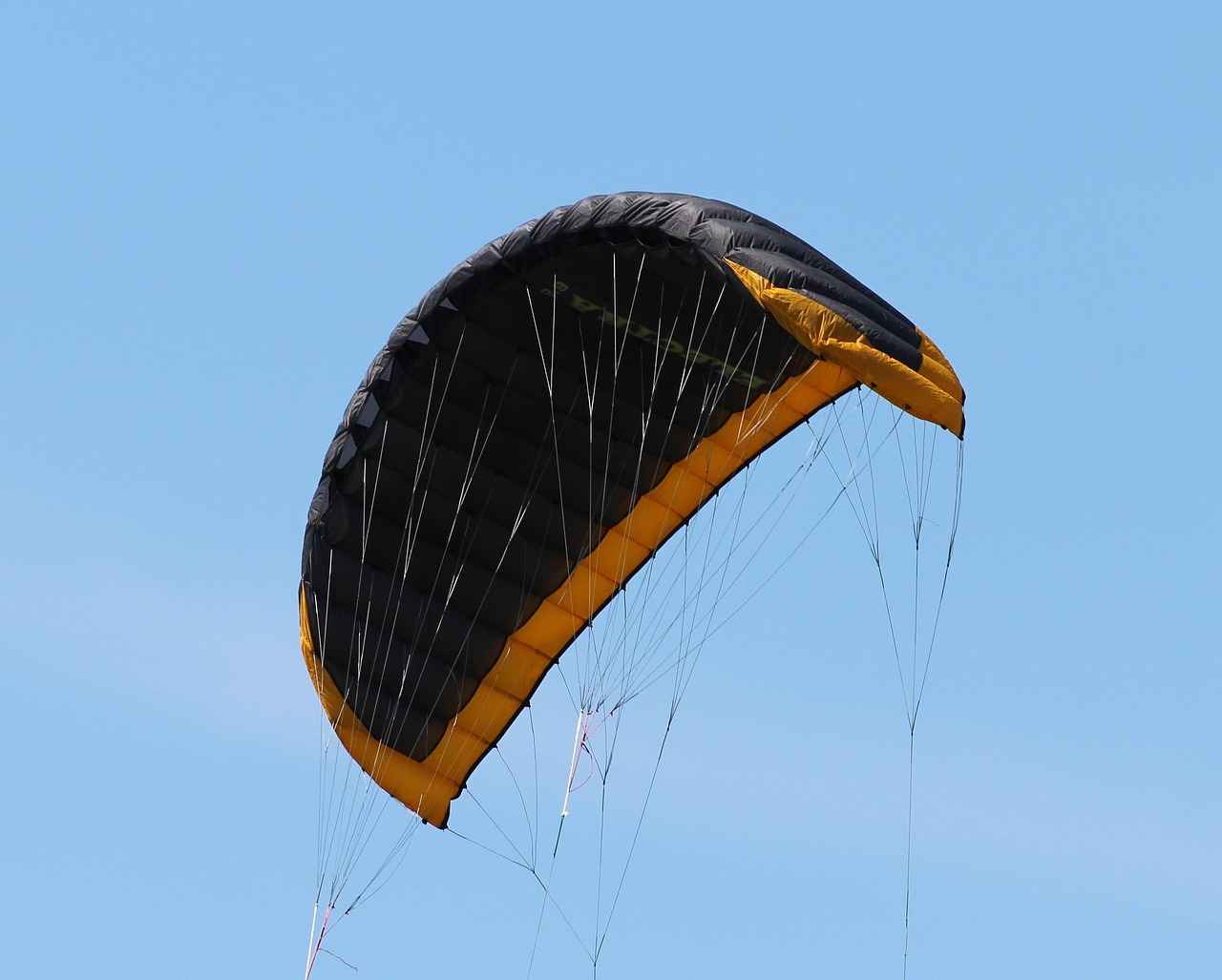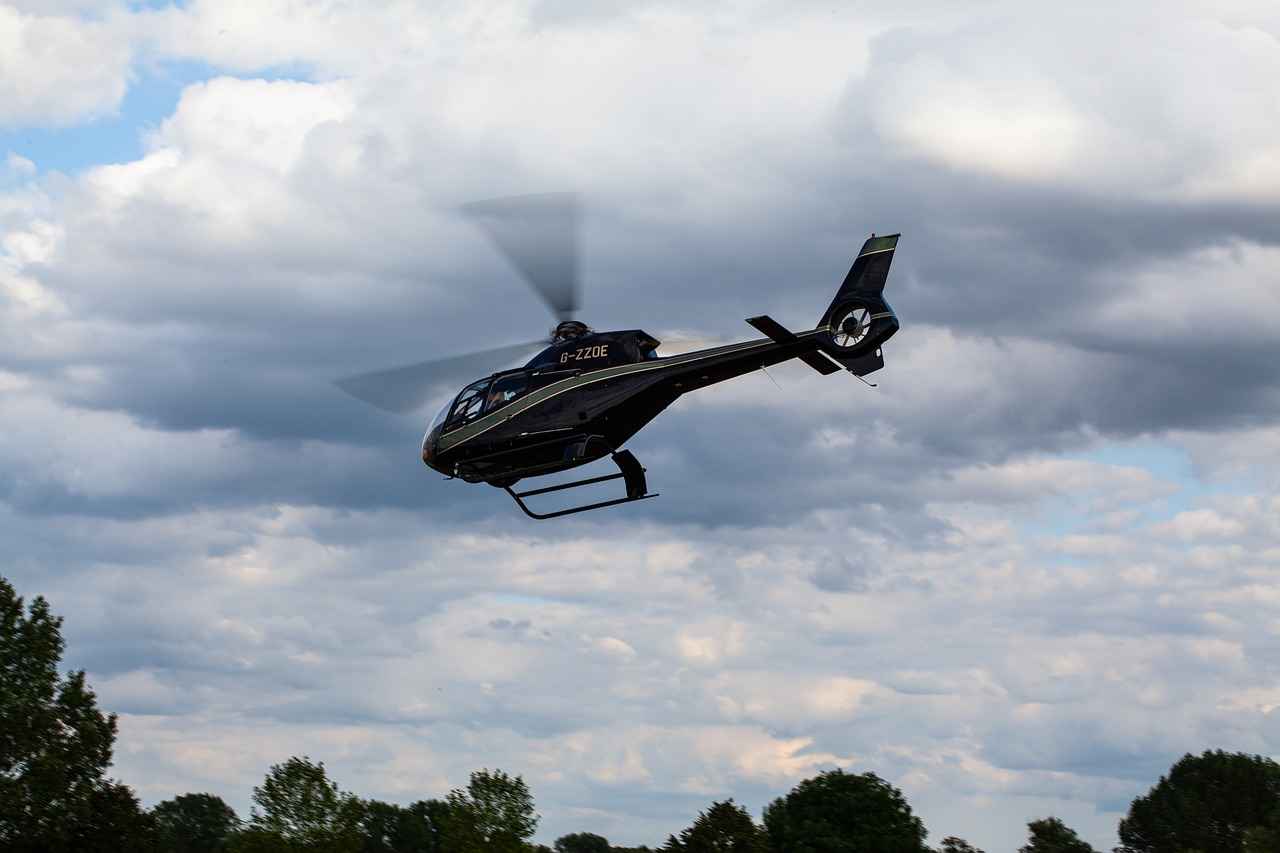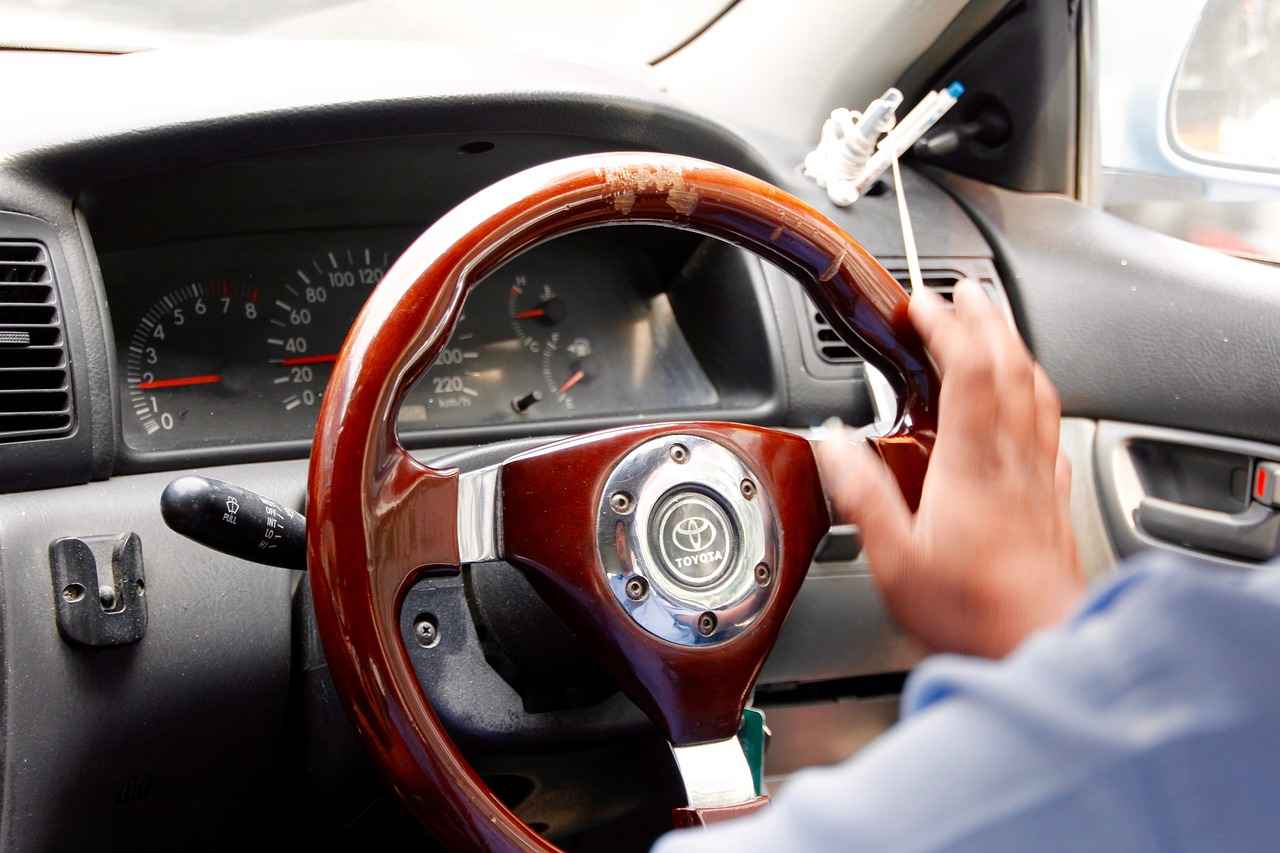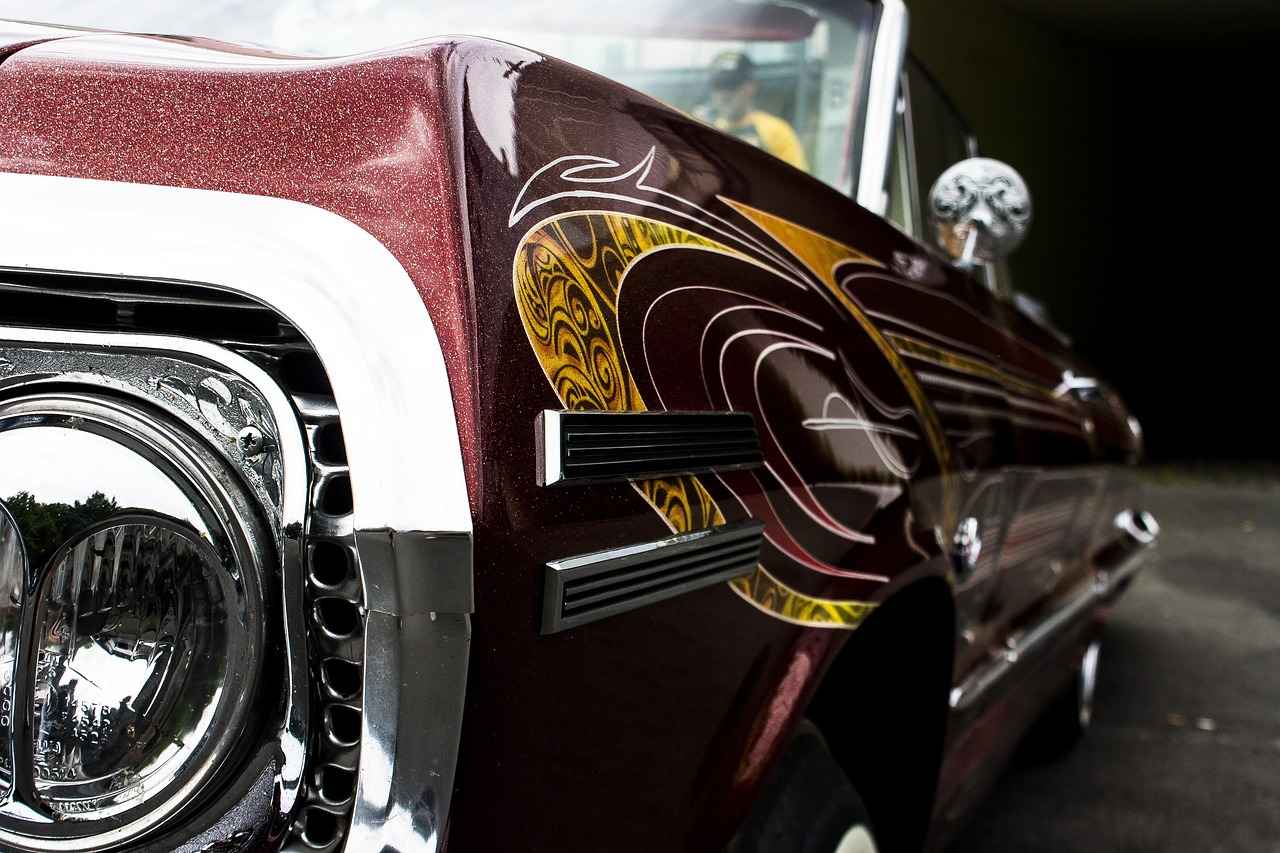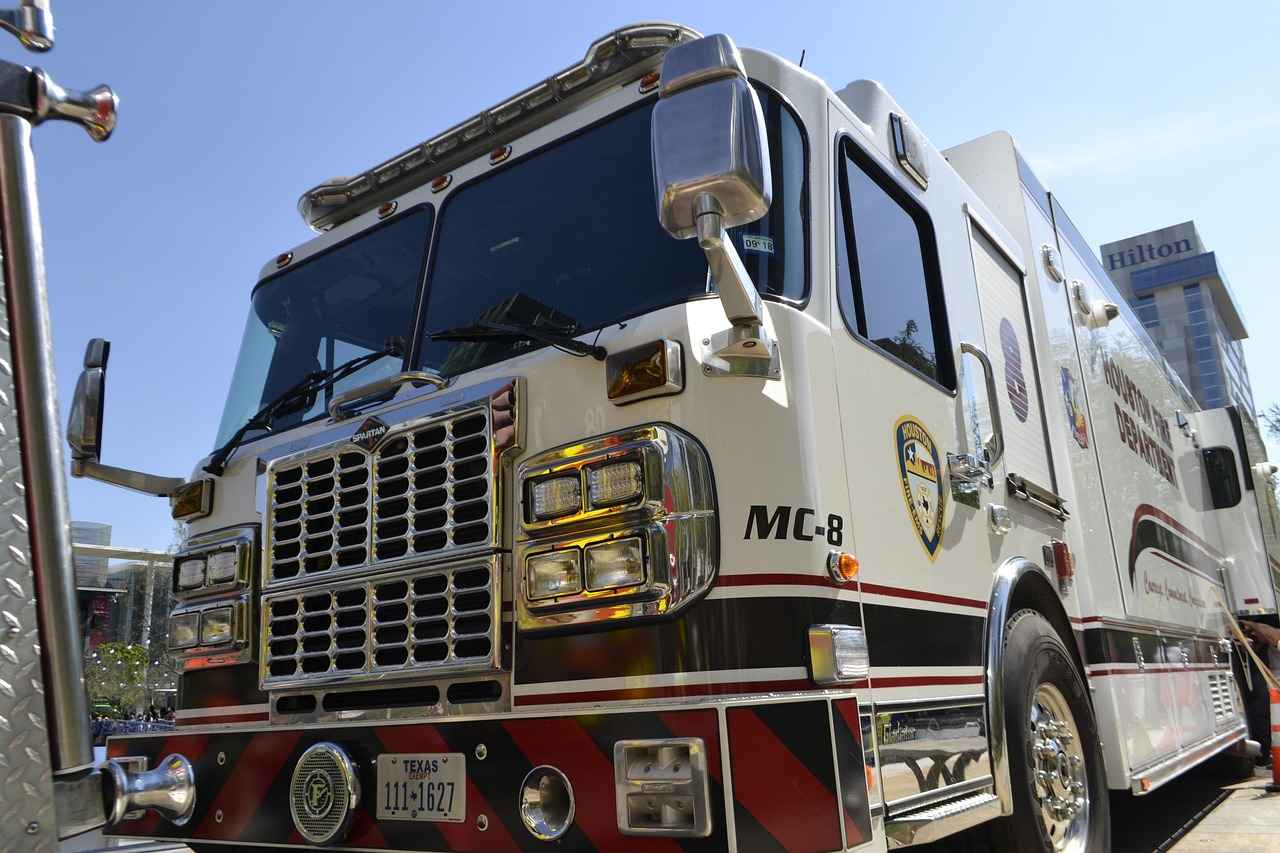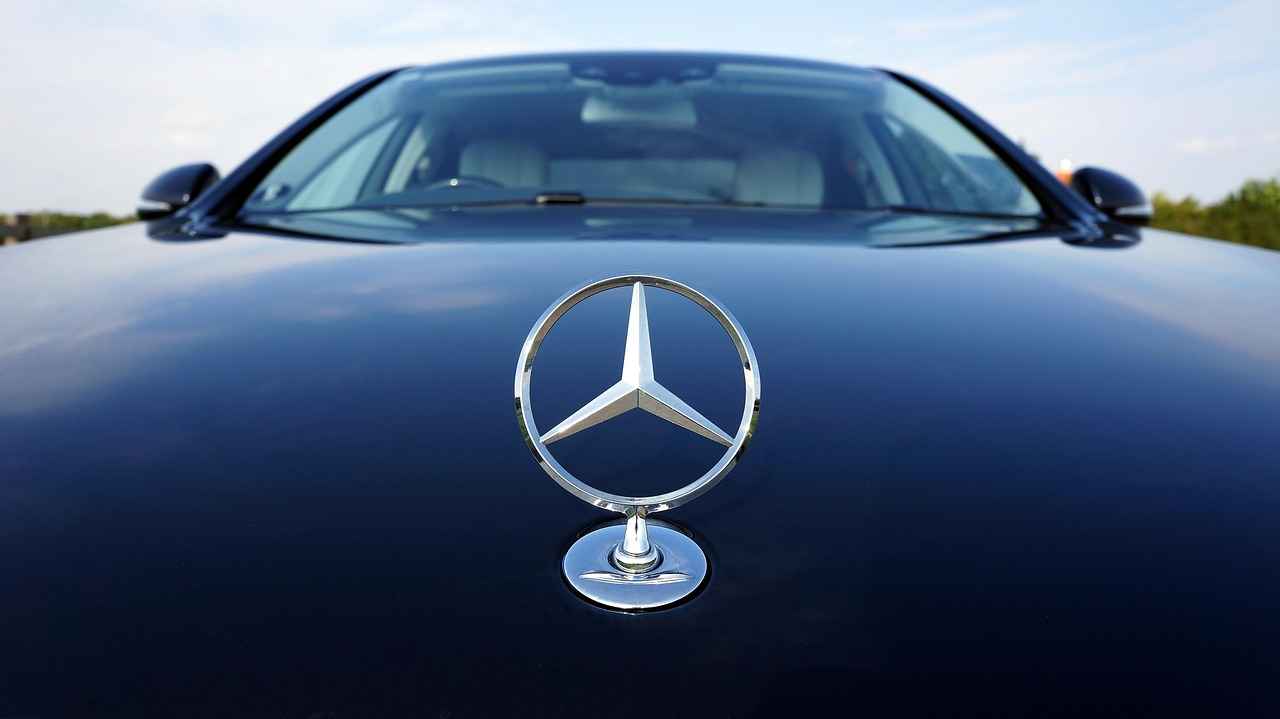Windshield wipers play a vital role in ensuring clear visibility while driving, especially during adverse weather conditions. Maintaining these essential components is crucial for your safety on the road. This article delves into the importance of regular windshield wiper maintenance, highlighting the signs that indicate when replacement is necessary, recommended replacement intervals, and tips for selecting the best wipers for your vehicle.
Recognizing the signs of worn-out windshield wipers is essential for maintaining safety and visibility. Common indicators include:
- Streaking: If your wipers leave streaks on the windshield, it may be time for a replacement.
- Skipping: Wipers that skip across the glass instead of moving smoothly can compromise visibility.
- Noisy Operation: Unusual sounds during wiper operation, such as squeaking or grinding, often signal wear.
- Cracks or Tears: Inspect the rubber blades for any visible damage, as this can lead to ineffective wiping.
Experts recommend replacing windshield wipers every six months to a year, depending on factors such as:
- Usage: Frequent use in inclement weather may necessitate more regular replacements.
- Environmental Conditions: Extreme temperatures and harsh weather can accelerate wear and tear.
Several factors can impact the longevity of your windshield wipers:
- Weather Conditions: Hot sun or freezing temperatures can degrade the rubber material.
- Frequency of Use: Regular use in heavy rain or snow can lead to quicker deterioration.
- Quality of Wiper Blades: Investing in high-quality wiper blades can result in better performance and longevity.
Extreme weather conditions can significantly affect the performance of windshield wipers. For instance:
- High Temperatures: Prolonged exposure to heat can cause the rubber to harden and crack.
- Cold Weather: Ice and snow can create additional strain on the blades, leading to quicker wear.
Yes, frequent use, especially during heavy precipitation, can lead to faster wear of windshield wipers. Regular inspections can help identify issues early, allowing for timely replacements to maintain safety.
To extend the life of your windshield wipers, consider the following maintenance tips:
- Regular Cleaning: Clean the wiper blades with a soft cloth to remove dirt and debris.
- Inspect Frequently: Check for signs of wear and replace as needed.
- Use the Right Fluid: Ensure you are using a quality windshield washer fluid to prevent buildup.
Selecting the right type of windshield wipers is crucial for optimal performance. The main types include:
- Conventional Blades: These are standard wipers that fit most vehicles.
- Beam Blades: Designed for better contact with the windshield, ideal for heavy rain.
- Hybrid Blades: Combine features of both conventional and beam blades for versatility.
Understanding the differences between wiper blade types can help you make an informed decision. Conventional blades are usually less expensive but may not perform as well in extreme conditions. Beam blades offer better performance in rain and snow, while hybrid blades provide a balance of both.
Ensuring that replacement wipers fit your vehicle correctly is essential for effective performance. Consult your vehicle’s manual or use online tools to determine the appropriate size for your wipers. This will help you avoid issues with installation and ensure optimal visibility.

What Are the Signs That Your Windshield Wipers Need Replacement?
Windshield wipers are a critical component of vehicle safety, ensuring that drivers maintain clear visibility during adverse weather conditions. Recognizing when your windshield wipers need replacement can prevent dangerous situations on the road. Here are some key signs that indicate it’s time to replace your windshield wipers.
Identifying the signs of worn-out windshield wipers is crucial for maintaining clear visibility. Here are the most common indicators:
- Streaking: If your wipers leave streaks on the windshield, it indicates that the rubber has worn down and is no longer making proper contact with the glass. This can obstruct your view and is a clear sign that replacement is necessary.
- Skipping: When wipers skip across the windshield instead of gliding smoothly, it may be due to a buildup of dirt or damage to the blade. If cleaning doesn’t resolve the issue, it’s time for new wipers.
- Noisy Operation: Unusual noises such as squeaking or grinding during operation can indicate that the rubber is deteriorating or that the wipers are misaligned. This not only affects performance but can also lead to further damage.
- Cracks or Tears: Physical damage to the wiper blades, such as cracks or tears, can severely impact their effectiveness. Regularly inspect your wipers for visible signs of wear.
- Reduced Visibility: If you notice that your windshield remains unclear even after using the wipers, this is a strong indication that they are no longer functioning properly.
Being proactive about replacing worn-out windshield wipers can significantly improve your driving safety. It is recommended to inspect your wipers regularly, especially before and after harsh weather seasons.
Additionally, consider the environmental factors that can affect the lifespan of your wipers. For instance, exposure to extreme temperatures, UV rays, and harsh chemicals can accelerate wear and tear. Regular maintenance, such as cleaning the blades and the windshield, can help prolong their life.
In conclusion, keeping an eye out for these signs can help you maintain optimal visibility and safety while driving. Regular inspections and timely replacements of your windshield wipers are essential practices that every driver should adopt.

How Often Should You Replace Your Windshield Wipers?
Windshield wipers are essential for maintaining clear visibility while driving, especially in adverse weather conditions. However, many drivers overlook their maintenance, leading to reduced effectiveness and safety risks. Understanding how often to replace your windshield wipers is crucial for ensuring optimal performance and safety on the road.
Experts recommend replacing windshield wipers every six months to a year, but this can vary based on several factors. Regular inspections are vital to determine the actual condition of your wipers, as certain environmental conditions and usage patterns can significantly impact their lifespan.
- Weather Conditions: Extreme temperatures, whether hot or cold, can cause the rubber on wipers to degrade more quickly. For instance, prolonged exposure to sunlight can lead to cracking, while icy conditions may cause stiffness.
- Frequency of Use: Frequent use in heavy rain or snow can accelerate wear and tear. If you find yourself using your wipers often, consider checking their condition more regularly.
- Type of Wiper Blades: The material and design of the wiper blades play a significant role in their durability. Beam blades, for example, often last longer than conventional ones due to their aerodynamic design.
Recognizing the signs of worn-out windshield wipers can save you from dangerous driving conditions. Here are some common indicators:
- Streaking: If your wipers leave streaks on the windshield, they may not be making proper contact.
- Skipping: Wipers that skip across the glass instead of gliding smoothly indicate wear.
- Noises: Unusual sounds, such as squeaking or grinding, can signal that the rubber has deteriorated.
Proper maintenance can significantly enhance the longevity of your windshield wipers. Here are some tips:
- Regular Cleaning: Clean the wiper blades with a soft cloth and a mild detergent to remove dirt and debris.
- Inspect Periodically: Regularly check for signs of wear and tear, especially before and after harsh weather seasons.
- Use Wipers Wisely: Avoid using wipers on dry glass, as this can cause unnecessary friction and damage.
Choosing the right type of windshield wipers is crucial for optimal performance. Here are the main types:
- Conventional Blades: These are the most common and usually the most affordable option.
- Beam Blades: These offer better performance in extreme weather conditions due to their design.
- Hybrid Blades: Combining features of both conventional and beam blades, these provide versatility and durability.
In conclusion, understanding how often to replace your windshield wipers and recognizing the signs of wear can significantly enhance your driving safety. By paying attention to the factors that influence their lifespan and adhering to recommended replacement intervals, you can ensure that your wipers perform effectively, providing you with clear visibility in all driving conditions.
What Factors Influence Windshield Wiper Lifespan?
Windshield wipers are essential for maintaining clear visibility while driving, especially during adverse weather conditions. However, their lifespan can vary significantly based on several factors. Understanding these factors can help you make informed decisions about when to replace your wipers, ensuring safety on the road.
Several factors can affect the lifespan of windshield wipers, including:
- Weather Conditions: Extreme weather can have a profound impact on the durability of your wiper blades. For instance, harsh climates characterized by intense heat can cause the rubber to crack and degrade over time. Conversely, cold temperatures can lead to brittleness, making the blades less effective.
- Usage Frequency: The more often you use your windshield wipers, the shorter their lifespan may be. Frequent use, especially during heavy rain or snow, can lead to accelerated wear. It’s essential to monitor how often you rely on your wipers, as this can indicate when they might need replacing.
- Type of Wiper Blades: Different types of wiper blades have varying lifespans. For example, conventional blades may wear out faster compared to beam blades, which are designed to provide better performance in adverse conditions.
Weather plays a crucial role in determining how long your windshield wipers will last. In regions with extreme temperatures, whether hot or cold, the materials used in wiper blades can degrade more quickly. Rain, snow, and ice can also hinder their effectiveness. Regularly inspecting your wipers after severe weather can help you identify any damage early on.
Yes, frequent use of windshield wipers can lead to quicker deterioration. For instance, if you live in an area that experiences heavy rainfall or snowfall, your wipers may need to be replaced more often. To maintain safety, consider conducting regular inspections and replacing your wipers as needed.
To extend the lifespan of your windshield wipers, proper maintenance is key. Here are some best practices:
- Regular Cleaning: Keep your wiper blades clean by wiping them with a damp cloth to remove dirt and debris. This can prevent streaks and improve performance.
- Inspect for Damage: Regularly check your wipers for signs of wear, such as cracks or fraying. If you notice any damage, it’s time to replace them.
- Use the Right Fluid: Make sure to use high-quality windshield washer fluid that can help keep your wipers functioning optimally.
Choosing the right type of windshield wipers is essential for optimal performance. Various options, such as conventional, beam, and hybrid blades, offer different benefits. Understanding these differences can help you make an informed choice that caters to your specific driving conditions.
Ensuring that replacement wipers fit your vehicle correctly is crucial for effective performance. Consulting your vehicle’s manual or using online tools can aid in selecting the right size. Additionally, don’t hesitate to ask for assistance at your local auto parts store to find the best match for your vehicle.
How Do Weather Conditions Affect Wiper Performance?
Understanding how weather conditions impact the performance of windshield wipers is essential for maintaining clear visibility while driving. Extreme temperatures, whether hot or cold, can significantly degrade the rubber on windshield wipers. This degradation can lead to reduced effectiveness, making it crucial to monitor their condition regularly.
When exposed to high temperatures, the rubber in windshield wipers can become brittle and cracked. This deterioration can lead to a loss of flexibility, causing the wipers to miss spots on the windshield during operation. Conversely, in cold temperatures, the rubber can become hard and stiff, which may prevent the wipers from making proper contact with the glass. As a result, this can lead to streaking and an inability to clear water effectively.
Weather elements such as rain, snow, and ice can also have a considerable impact on the performance of windshield wipers. For instance:
- Rain: Continuous exposure to rain can wear down the rubber, leading to streaking and reduced visibility.
- Snow: Accumulated snow can add weight to the wipers, causing them to bend or break if they are not designed to handle such conditions.
- Ice: Ice buildup can prevent wipers from moving freely, leading to potential damage and reduced functionality.
Given the harsh effects of weather on windshield wipers, timely replacement is essential. Experts recommend replacing wipers every 6 to 12 months, depending on the environment and usage. Regular inspections can help identify signs of wear, such as skipping or chattering during operation, which are clear indicators that it’s time for a replacement.
To extend the lifespan of your windshield wipers, consider the following tips:
- Regular Cleaning: Keep your windshield clean to prevent debris buildup that can damage wipers.
- Use Wiper Covers: In extreme weather, using covers can protect wipers from ice and snow.
- Choose Quality Wipers: Invest in high-quality wipers designed to withstand harsh weather conditions.
In summary, understanding how weather conditions affect windshield wiper performance is vital for safe driving. By recognizing the signs of wear and implementing best practices for maintenance, you can ensure that your wipers function effectively, providing you with clear visibility in all conditions.
Does Frequent Use Shorten Wiper Lifespan?
Maintaining clear visibility while driving is crucial for safety, and windshield wipers play a vital role in achieving this. One of the most common questions drivers have is: The answer is yes, frequent operation of windshield wipers, particularly in adverse weather conditions such as heavy rain or snow, can indeed lead to faster wear and tear.
Windshield wipers are designed to clear rain, snow, and debris from your windshield, but they are not invincible. The more often they are used, especially under challenging conditions, the quicker they can deteriorate. Here are some factors to consider:
- Material Quality: High-quality wiper blades are engineered to withstand frequent use, but even the best materials can degrade over time. Regular exposure to moisture and varying temperatures can cause the rubber to crack and lose its effectiveness.
- Weather Conditions: Extreme weather conditions can exacerbate wear. For instance, using wipers on icy windshields can lead to significant damage. Snow and ice buildup can put extra strain on the blades, leading to premature failure.
- Frequency of Use: If you live in an area with frequent rain or snow, your wipers will naturally be used more often. Consequently, they may need to be replaced more regularly than those in drier climates.
Being proactive about your windshield wipers can enhance your driving safety. Here are some common signs that indicate your wipers may need replacement:
- Streaking: If your wipers leave streaks on the windshield, it’s a clear sign that they are worn out and not making proper contact.
- Skipping: Wipers that skip across the glass instead of gliding smoothly can cause visibility issues.
- Noises: Unusual sounds, such as squeaking or grinding, can indicate that the wiper blades are damaged or misaligned.
To maintain safety while driving, regular inspections of your windshield wipers are essential. Here are some practical tips:
- Visual Checks: Inspect your wipers for any signs of wear, such as cracks or missing rubber. Look for any buildup of debris that could hinder performance.
- Functional Tests: Test your wipers in various conditions to ensure they are functioning correctly. Pay attention to how they perform during heavy rain or when clearing snow.
- Seasonal Maintenance: Consider replacing your wipers at the beginning of each season, especially before winter or the rainy season, to ensure optimal performance.
When it comes time to replace your windshield wipers, choosing the right type is crucial. Various options are available, including conventional, beam, and hybrid blades, each designed for specific weather conditions. Researching the best fit for your vehicle can enhance performance and longevity.
In conclusion, the frequent use of windshield wipers does indeed shorten their lifespan. Regular inspections and timely replacements are essential to maintain clear visibility and ensure safe driving. By understanding the factors that influence wiper wear and being proactive about maintenance, drivers can significantly enhance their safety on the road.
What Are the Best Practices for Maintaining Windshield Wipers?
Maintaining your vehicle’s windshield wipers is essential for ensuring clear visibility and safe driving. Regular upkeep not only enhances the performance of your wipers but also extends their lifespan, ultimately saving you money and improving your driving experience. Below are some best practices for maintaining windshield wipers effectively.
Windshield wipers are exposed to various environmental elements, which can lead to the buildup of dirt, grime, and debris. Regular cleaning of the wiper blades helps to prevent this accumulation. Use a soft cloth and a mild detergent or glass cleaner to wipe the blades gently. This simple practice can significantly improve their effectiveness and reduce the risk of scratches on your windshield.
It is advisable to inspect your windshield wipers at least once a month. Look for signs of wear such as cracks, splits, or fraying. Additionally, check for any streaking or skipping during operation, which indicates that the blades may need replacing. Regular inspections can help you identify issues early, ensuring that you maintain optimal visibility while driving.
Weather conditions can have a significant impact on the lifespan of your windshield wipers. Extreme temperatures, whether hot or cold, can degrade the rubber material of the blades. In regions with heavy rainfall, snow, or ice, wipers tend to wear out faster. During harsh weather conditions, it is crucial to check your wipers more frequently to ensure they are functioning correctly.
When your vehicle is parked for an extended period, consider lifting the wiper blades away from the windshield. This practice can prevent the blades from adhering to the glass, which can cause damage when you turn them on. Additionally, storing your vehicle in a garage or shaded area can protect the wipers from direct sunlight and extreme temperatures, further extending their lifespan.
Investing in high-quality windshield wiper blades can significantly enhance their performance and durability. While cheaper options may save you money upfront, they often do not provide the same level of effectiveness or longevity. Look for blades that feature advanced materials, such as silicone or rubber compounds designed to resist wear and tear. Always check reviews and ratings to ensure you are choosing the best product for your needs.
Ensuring that your windshield wipers are installed correctly is crucial for their performance. Misaligned wipers can lead to incomplete coverage of the windshield, resulting in reduced visibility. When replacing wipers, consult your vehicle’s manual for guidance on proper installation. If you’re unsure, consider seeking assistance from a professional to guarantee a perfect fit.
- Streaking: If your wipers leave streaks on the windshield, it’s time to replace them.
- Skipping: Wipers that skip across the glass indicate wear and may not clear water effectively.
- Noisy Operation: Unusual sounds while the wipers are in use can signify that they are worn out.
- Visible Damage: Cracks or tears in the rubber blades are clear indicators that replacement is necessary.
By following these best practices for maintaining your windshield wipers, you can ensure they remain in optimal condition, providing you with the clear visibility necessary for safe driving. Regular cleaning, inspections, and proper care can significantly extend the life of your wipers, making your driving experience safer and more enjoyable.
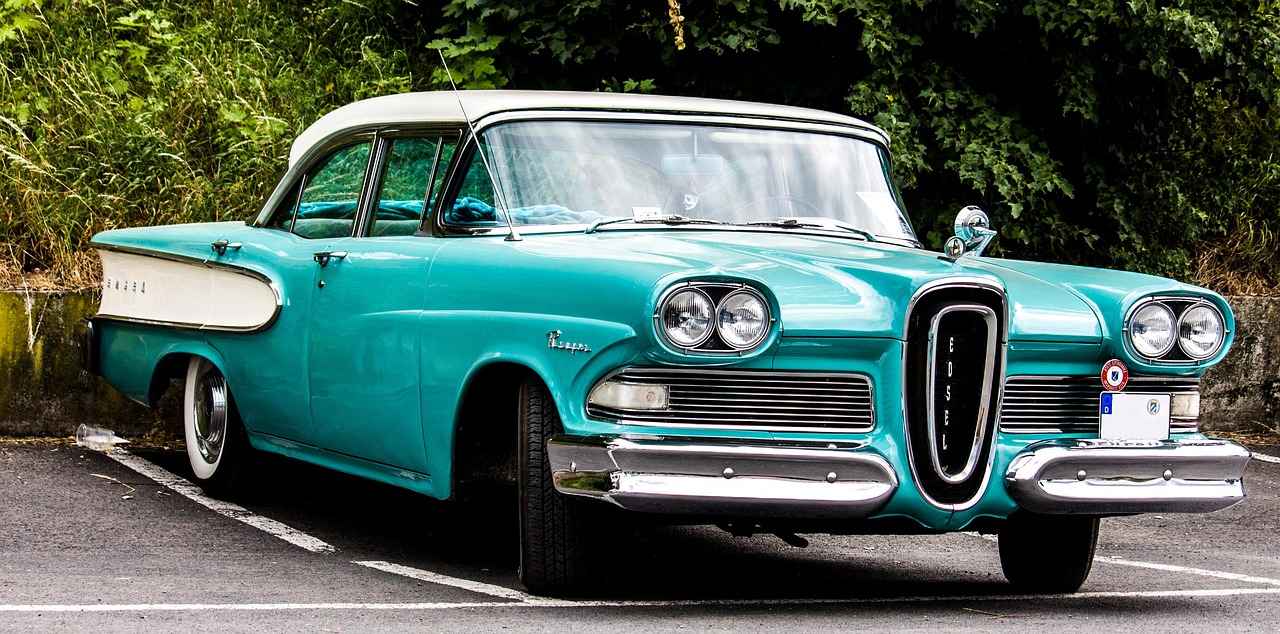
Which Types of Windshield Wipers Are Best for Your Vehicle?
When it comes to maintaining your vehicle, windshield wipers often go unnoticed until they fail. However, selecting the right type of windshield wipers is crucial for ensuring optimal performance and safety while driving. In this section, we will explore the various types of wipers available and their benefits to help you make an informed decision.
Choosing the right windshield wipers can significantly affect your visibility during adverse weather conditions. There are three primary types of wiper blades: conventional, beam, and hybrid. Each type offers unique advantages that cater to different driving needs and environmental conditions.
Conventional wiper blades are the most commonly used type. They feature a metal frame that supports the rubber blade, providing a reliable and cost-effective solution for many drivers. Benefits of conventional blades include:
- Affordability: Generally cheaper than other types.
- Wide Availability: Easy to find at auto parts stores.
- Simple Installation: Most can be installed without professional help.
However, they may not perform as well in extreme weather conditions, making them less suitable for areas with heavy rain or snow.
Beam wiper blades, also known as flat blades, are designed without a traditional frame. Instead, they have a sleek and aerodynamic shape that allows for better contact with the windshield. Some key advantages include:
- Enhanced Performance: They provide a more consistent wipe, reducing streaking.
- Durability: Less prone to ice and snow buildup, making them ideal for winter conditions.
- Noise Reduction: Generally operate more quietly than conventional blades.
Beam blades are particularly effective for drivers in regions with frequent rain or snow, offering better visibility during challenging weather.
Hybrid wiper blades combine features of both conventional and beam blades. They typically have a flexible beam design with a protective frame that adds durability. The benefits of hybrid wipers include:
- Versatility: Suitable for various weather conditions.
- Improved Visibility: They offer a better wipe than conventional blades while maintaining a sturdy frame.
- Longer Lifespan: Often made with advanced materials that resist wear and tear.
These blades are an excellent choice for drivers looking for a balance between performance and cost.
When selecting windshield wipers, consider the following factors:
- Climate: Choose beam or hybrid blades for extreme weather.
- Driving Conditions: If you frequently drive in heavy rain, opt for higher-quality blades.
- Vehicle Compatibility: Ensure the wipers fit your specific make and model.
Consulting your vehicle’s manual or using online tools can help you find the right size and type of wipers for your needs.
In summary, understanding the differences between conventional, beam, and hybrid windshield wipers can help you select the best option for your vehicle. This choice not only enhances visibility but also contributes to overall driving safety.
What Are the Differences Between Wiper Blade Types?
When it comes to maintaining your vehicle, windshield wipers are often overlooked, yet they play a crucial role in ensuring clear visibility during adverse weather conditions. Understanding the differences between conventional, beam, and hybrid wiper blades can help you make an informed choice that best suits your driving needs.
Conventional wiper blades are the most common type found on vehicles. They consist of a rubber blade attached to a metal frame. These blades are generally affordable and easy to replace. However, their design may not provide optimal performance in heavy rain or snow due to their reliance on a spring mechanism that can wear out over time.
Beam wiper blades, also known as flat blades, feature a sleek, aerodynamic design without a traditional frame. This design allows for better contact with the windshield, improving performance in harsh weather conditions. The rubber is often more durable, leading to a longer lifespan. Beam blades excel in heavy rain and snow, making them a popular choice for those living in regions with extreme weather.
Hybrid wiper blades combine the features of both conventional and beam blades. They offer the flexibility of a beam blade with the added strength of a frame. This design provides excellent performance in various weather conditions, making them a versatile option for drivers who face changing climates. Hybrid blades are particularly effective in rain, snow, and even ice, as they maintain contact with the windshield while minimizing streaking.
Choosing the right wiper blade depends on several factors, including your local climate, driving habits, and budget. For instance:
- Conventional Blades: Best for mild climates or occasional use.
- Beam Blades: Ideal for regions with heavy rain or snow.
- Hybrid Blades: Great for drivers who experience a mix of weather conditions.
Extreme temperatures can significantly impact the lifespan and effectiveness of windshield wipers. In hot climates, the rubber can degrade faster, while in cold climates, the blades may freeze to the windshield. Regular inspections and timely replacements are essential to maintain their performance.
To ensure that replacement wipers fit your vehicle correctly, consult your vehicle’s manual or utilize online tools that help identify the appropriate size. A proper fit is crucial for optimal performance, as ill-fitting blades can lead to streaking and reduced visibility.
In conclusion, understanding the differences between conventional, beam, and hybrid wiper blades can significantly enhance your driving experience. By selecting the right type for your specific needs, you can ensure clear visibility and safety on the road, regardless of the weather conditions.
How Can You Ensure a Proper Fit for Replacement Wipers?
When it comes to maintaining your vehicle, one of the most overlooked components is the windshield wipers. Ensuring a proper fit for replacement wipers is essential for maintaining clear visibility and safe driving. In this section, we will explore how to choose the right wipers for your vehicle, the importance of consulting your vehicle’s manual, and utilizing online tools for accurate sizing.
Having the correct size of windshield wipers is crucial for their effective performance. Wipers that are too large or too small can lead to various issues, such as:
- Inadequate coverage: Wipers that do not fit properly may leave streaks or unclean areas on your windshield.
- Increased wear: Improperly fitted wipers can wear out faster, leading to more frequent replacements.
- Noise and distraction: Wipers that skip or chatter can be distracting while driving.
To ensure you select the correct size, consider the following steps:
- Consult Your Vehicle’s Manual: The owner’s manual typically includes specifications for the correct wiper blade sizes. This is the most reliable source of information.
- Use Online Tools: Many automotive websites offer tools where you can input your vehicle’s make, model, and year to find compatible wiper sizes.
- Visit Local Auto Parts Stores: Staff at these stores can often assist you in finding the right wipers by checking their databases.
Understanding the types of wiper blades can also aid in ensuring a proper fit. Here are the main types:
- Conventional Blades: These are the traditional wipers that use a frame structure. They are typically easy to install and replace.
- Beam Blades: These feature a sleek design and are made from a single piece of rubber. They provide better contact with the windshield and are less likely to freeze in cold weather.
- Hybrid Blades: Combining features of both conventional and beam blades, hybrids offer enhanced performance while maintaining a traditional look.
It’s advisable to check your wiper blade fit at least twice a year. This ensures that you are using the appropriate size and type for your vehicle’s needs. Regular inspections can prevent issues before they arise, keeping your visibility clear during adverse weather conditions.
Once you have selected the right size, proper installation is key. Here are some tips:
- Follow the Instructions: Always refer to the installation instructions that come with your new wipers.
- Check the Attachment Mechanism: Ensure that the wiper blades are securely attached to the wiper arms to prevent them from coming loose during operation.
- Test the Wipers: After installation, test the wipers to ensure they function correctly and make contact with the windshield.
In summary, ensuring that replacement windshield wipers fit your vehicle correctly is not just about convenience; it is a matter of safety. By consulting your vehicle’s manual, utilizing online tools, and following proper installation techniques, you can maintain clear visibility and enhance your driving experience.
Frequently Asked Questions
- How can I tell if my windshield wipers need to be replaced?
If your wipers are leaving streaks, skipping across the glass, or making unusual noises, it’s time for a replacement. These signs indicate that the rubber is worn out and not making proper contact with your windshield.
- What is the recommended replacement interval for windshield wipers?
Experts suggest replacing your windshield wipers every six months to a year. However, if you frequently drive in harsh weather conditions, you might need to replace them more often to maintain clear visibility.
- Do weather conditions really affect the lifespan of windshield wipers?
Absolutely! Extreme temperatures, whether hot or cold, can degrade the rubber on your wipers. Additionally, heavy rain, snow, and ice can accelerate wear, making timely replacements essential for safety.
- What types of windshield wipers are best for my vehicle?
Choosing the right type depends on your driving conditions. Conventional, beam, and hybrid wipers all have unique benefits. Beam blades, for instance, tend to perform better in heavy rain and snow due to their sleek design.
- How can I ensure that the replacement wipers fit my vehicle?
To ensure a proper fit, consult your vehicle’s manual for the correct size or use online tools that can help you find the right replacement wipers for your specific make and model.



